Oasis Lost—Missing Indian Wells, tennis’ bustling island in the desert
By Mar 18, 2021Mackenzie McDonald is paying the college tennis experience forward with a new fund
By Mar 17, 2025Mirra Andreeva and Jack Draper win breakthrough titles at Indian Wells: What did we just witness?
By Mar 17, 2025Jack Draper's run through Indian Wells concludes with his first ATP Masters 1000 title
By Mar 16, 2025Holger Rune vs. Jack Draper: Where to Watch, Indian Wells Preview, Betting Odds
By Mar 16, 2025Holger Rune reaches first Indian Wells final over Daniil Medvedev
By Mar 15, 2025Mirra Andreeva vs. Aryna Sabalenka: Where to Watch, Indian Wells Preview, Betting Odds
By Mar 15, 2025Mirra Andreeva, 17, advances to Indian Wells final, beating Iga Swiatek in chilly conditions
By Mar 15, 2025Ruthless Aryna Sabalenka storms past Madison Keys, 6-0, 6-1, in semifinals of Indian Wells
By Mar 15, 2025Carlos Alcaraz vs. Jack Draper: Where to Watch, Indian Wells Preview, Betting Odds
By Mar 15, 2025Oasis Lost—Missing Indian Wells, tennis’ bustling island in the desert
Hopefully, when spring approaches next March, we’ll think “it’s time to go to Indian Wells,” and we’ll be right.
Published Mar 18, 2021
Advertising
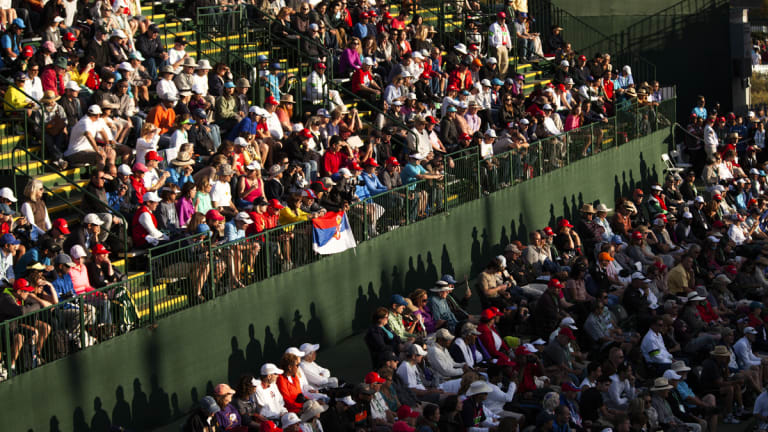
Oasis Lost—Missing Indian Wells, tennis’ bustling island in the desert
© Anita T Aguilar
Advertising
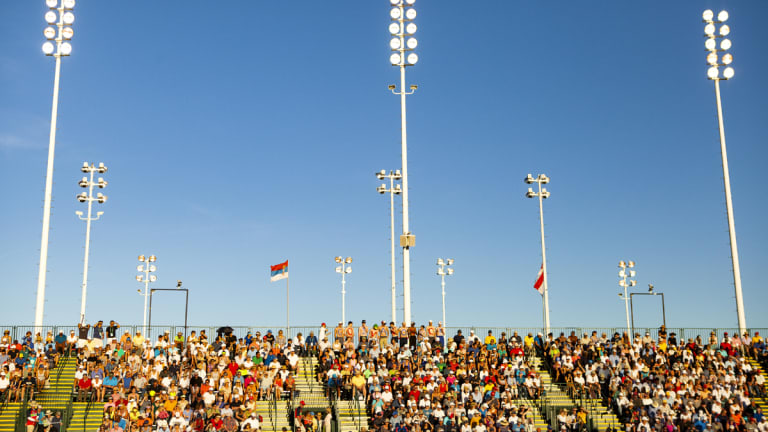
Oasis Lost—Missing Indian Wells, tennis’ bustling island in the desert
© Anita T Aguilar
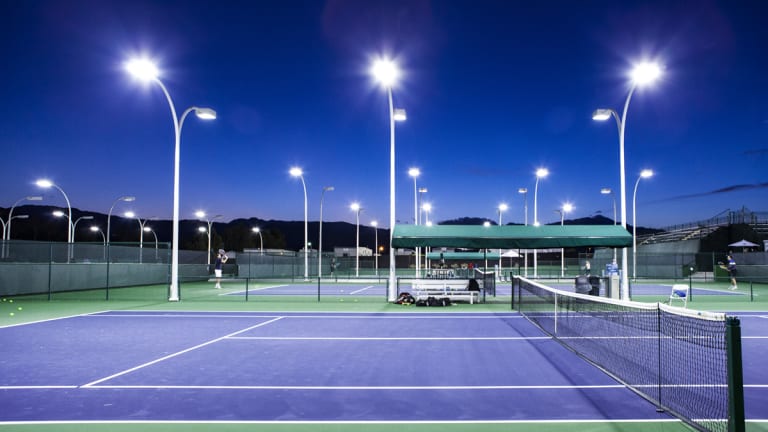
Oasis Lost—Missing Indian Wells, tennis’ bustling island in the desert
© Anita T Aguilar
Advertising
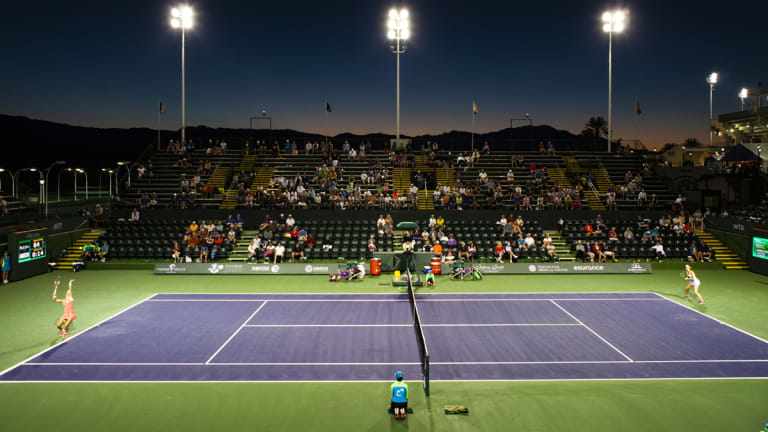
Oasis Lost—Missing Indian Wells, tennis’ bustling island in the desert
© Anita T Aguilar
Advertising
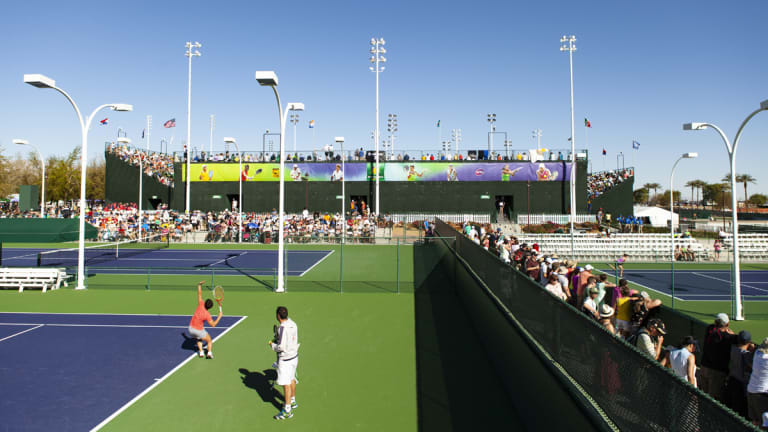
Oasis Lost—Missing Indian Wells, tennis’ bustling island in the desert
© Anita T Aguilar
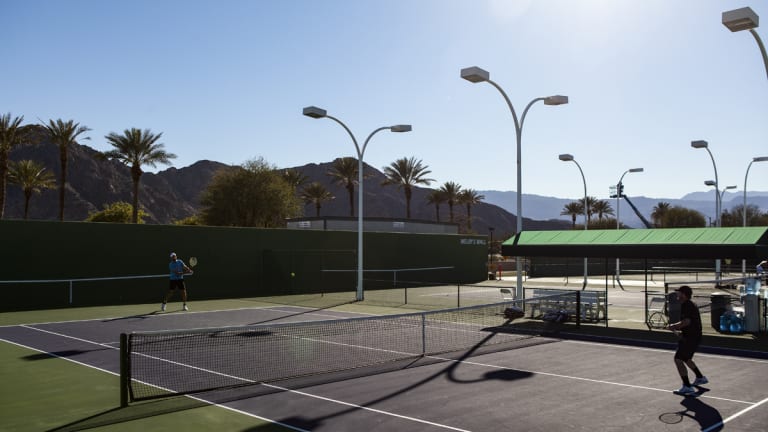
Oasis Lost—Missing Indian Wells, tennis’ bustling island in the desert
© Anita T Aguilar
Advertising
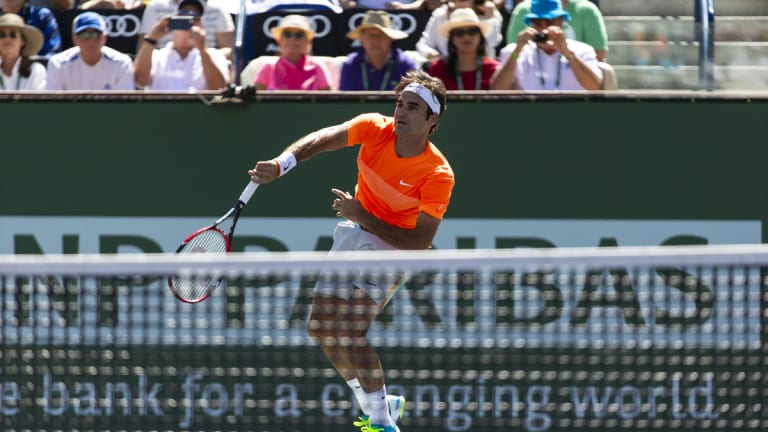
Oasis Lost—Missing Indian Wells, tennis’ bustling island in the desert
© Anita T Aguilar
Advertising
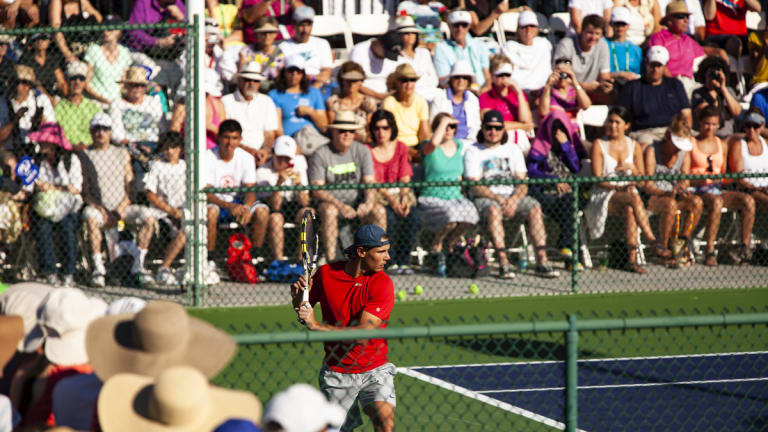
Oasis Lost—Missing Indian Wells, tennis’ bustling island in the desert
© Anita T Aguilar
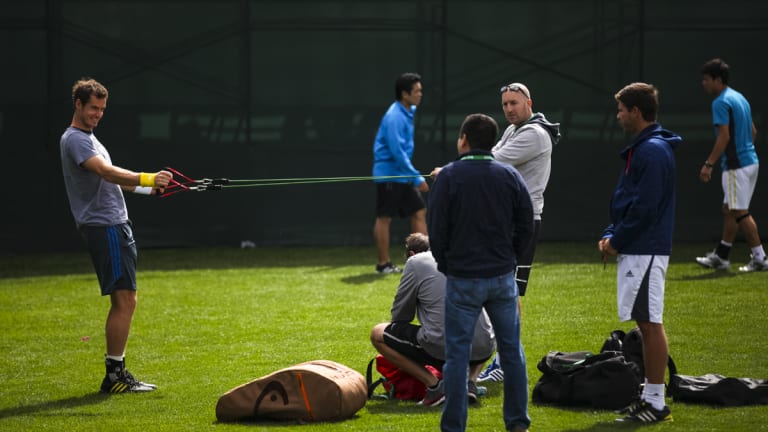
Oasis Lost—Missing Indian Wells, tennis’ bustling island in the desert
© Anita T Aguilar
Advertising
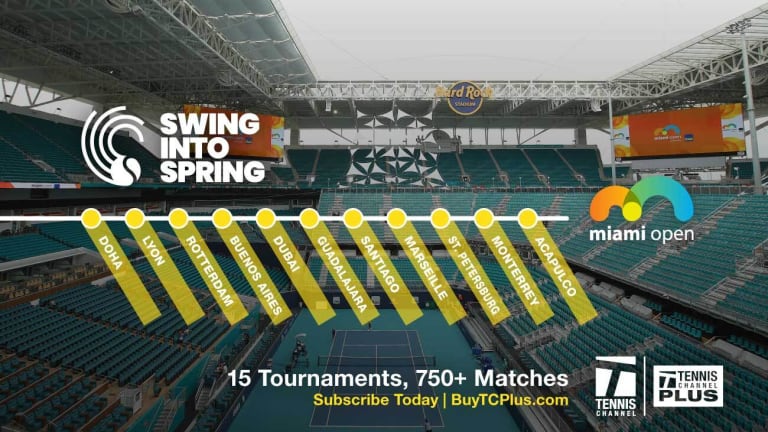
Oasis Lost—Missing Indian Wells, tennis’ bustling island in the desert